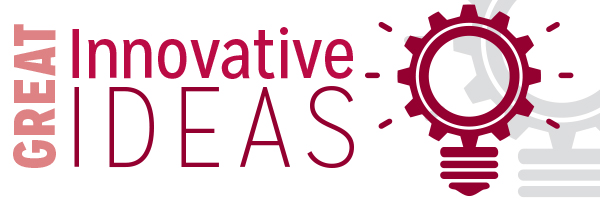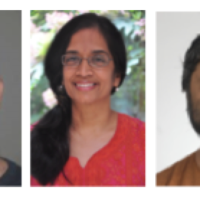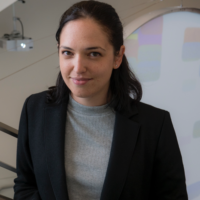Learning Fast and Slow: Levels of Learning in General Autonomous Intelligent Agents

John Laird, University of Michigan
The following Great Innovative Idea is from John E. Laird from the Unversity of Michigan. Laird was one of the Blue Sky Award winners at the Association for the Advancement of Artificial Intelligence Conference (AAAI-18) for his paper, coauthored with Shiwali Mohan from the Palo Alto Research Center, on Learning Fast and Slow: Levels of Learning in General Autonomous Intelligent Agents.
The Idea
Our cool idea is that there are two distinct levels at which humans and general AI systems can learn. Level 1 encompasses innate architectural learning mechanisms that are automatic, online, and effortless – capturing knowledge from the agent’s ongoing experience, such as learning skills, experiential knowledge, or facts. Level 2 encompasses deliberate learning strategies that are realized through the agent’s knowledge and controlled by an agent. These strategies control and enrich the agent’s experience, indirectly determining what the Level 1 mechanisms learn. A simple example in humans is deciding to explicitly rehearse a phone number in order to memorize it. Deliberately repeating the number several times aloud (or to one’s self) creates the experiences that are consolidated and stored by automatic Level 1 memory mechanisms, making the number available for later recall. More complex Level 2 strategies include deliberate practice, studying for a test, or even scientific research. Each of these creates experiences for Level 1 mechanisms to learn from.
Impact
Our hope is that this will influence how people design learning in autonomous AI agents by providing a framework for thinking about different types of learning.
Other Research
My main research is on cognitive architecture, how all the different aspects of cognition fit together in building general AI systems, including perception, reasoning, problem-solving, planning, learning, memory, and action. We are currently developing an AI agent, named Rosie, that learns new tasks from natural language with a human instructor. For example, we can teach Rosie lots of new games and puzzles from scratch, as well as tasks such as delivering and fetching packages in our building.
Researcher’s Background
I’ve been a faculty member at the University of Michigan in Computer Science and Engineering for the last thirty years. My research has always been on AI, focusing on the continued development and evolution of the Soar cognitive architecture. I am also a founder of Soar Technology, a DoD R&D company specializing in AI.










